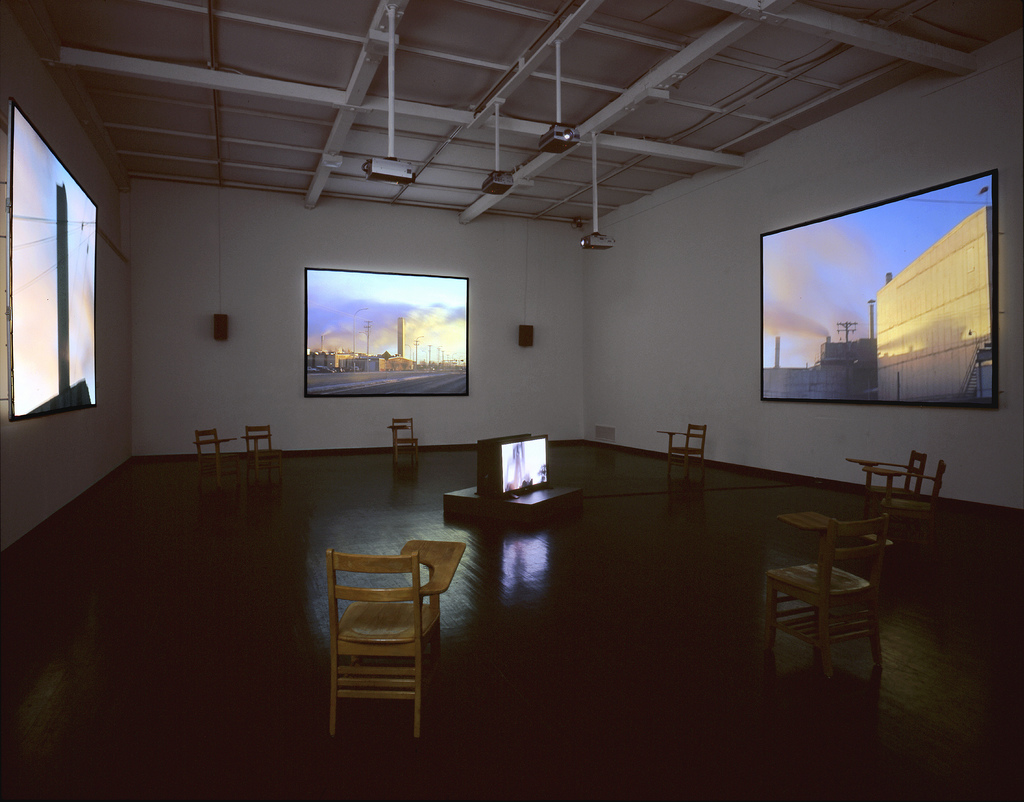
Image Credit: Mary Lucier, "The Plains of Sweet Regret" (North Dakota Museum of Art. Photo: Rik Sferra)
As more individuals and organizations are using Facebook, YouTube, Twitter and other sites to engage in debate, express viewpoints and organize politically, instructors are incorporating these new media into the rhetoric classroom. How can studying new media enhance rhetorical thinking and writing? What is the relationship between new media and visual rhetoric? What problems do instructors and students face when adapting traditional rhetorical concepts to new media? Are assignments possible that not only analyze but also utilize new media? What are students' expectations concerning new media assignments and how might they conflict with our goals as instructors?
The following assignments and discussions suggest a range of approaches to these questions and offer innovative strategies for teaching the visual, textual, and auditory rhetorics of new media.
YouTube
Jim Brown (Wayne State University): “YouTube and Detroit—State of the Debate”
Alexandra Juhasz (Pitzer University): Viz blog post regarding "Learning from YouTube"
Bill Wolff (Rowan University): "Oral History Video Composition"
Facebook
Josi Kate Berry (UT): “My Facebook Ethos”
Mark Fullmer (Fullerton College): “Theorizing Facebook in the Classroom”
GoogleMaps
DWRL (UT): "The Geo-Everything Project"
Jeremy Dean (UT): “Map Three Readings”
Eileen McGinnis (UT): “Mapping Galapagos”
Podcasting
Kevin Bourque (UT): “The CWRL Guide for Podcasting in Pedagogy”
Lydia French (UT): “Community Podcast/ Video Group Assignment”
Megan Little (UT): “Recording Good Ideas in Oral Peer Review”
Paige Normand (Badger Dog & The Undergraduate Writing Center): “The Pagecast Process"
Twitter
David Parry (UT Dallas): "Twitter for Academia"
David Silver (University of San Francisco): "Twitter Assignment"
Flickr
Eileen McGinnis (UT): “Using Flickr to Teach Visual Rhetoric”
Mixed Media
Ingrid Devilliers (UT): “Showcasing/Peer Editing Student Drafts and Public Arguments Using Technology”
John Jones (UT): “Translation Assignment”
Recent comments
2 years 29 weeks ago
2 years 44 weeks ago
2 years 44 weeks ago
2 years 50 weeks ago
3 years 4 weeks ago
3 years 4 weeks ago
3 years 4 weeks ago
3 years 6 weeks ago
3 years 6 weeks ago
3 years 6 weeks ago